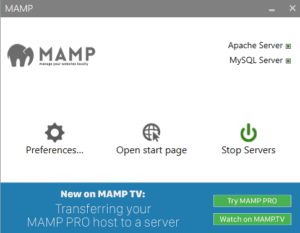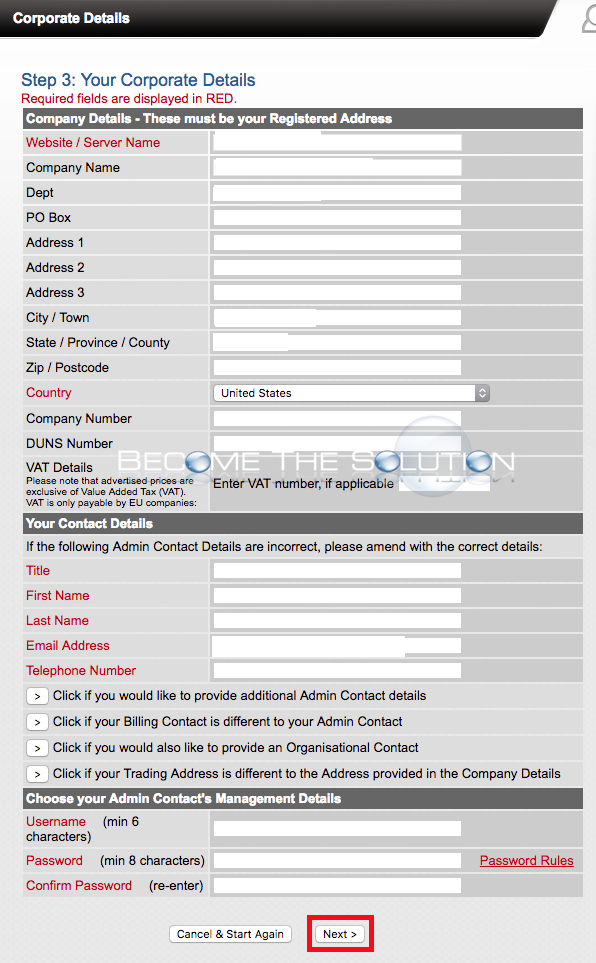

Congratulations, you now have a local server! Preferencesįrom the main MAMP app screen, you will notice a “Preferences” button. The program should start right away and open up your default browser, pointing to the start page. Inside you’ll find MAMP.app, so - you guessed it - open it up. Open up your “Applications” folder, and locate the new MAMP directory. Once it’s completed, feel free to eject the disc image.
#Mamp install website pro
The pro version costs $59.00 USD and offers more options, and you can compare the two versions for yourself.ĭrag the MAMP folder onto the “Application” shortcut, and the installation will be underway. You need to install only one, and for most scenarios, MAMP is more than adequate. Double-click to begin the installation, and you will be presented with a choice: MAMP and MAMP Pro are on the installation disc image.īoth MAMP and MAMP Pro come in the same download.

So, head over to the project page and download the disc image. In order to be able to work with MAMP, we must first obtain it. It is worth noting, from a portability standpoint, that this component can be run only from your desktop environment and cannot be installed on a USB drive. By installing this application, we can have a virtual server locally as our development sandbox. Ever opened a contact form in a browser from your desktop and wondered why it doesn’t work? The server-side components cannot operate without (in this case) the PHP back end, and this is where MAMP comes in. MAMP, which stands for Macintosh, Apache, MySQL and PHP, is an application that allows you to install a local server-type environment in order to construct websites that would normally require you be on a live server somewhere.


 0 kommentar(er)
0 kommentar(er)
